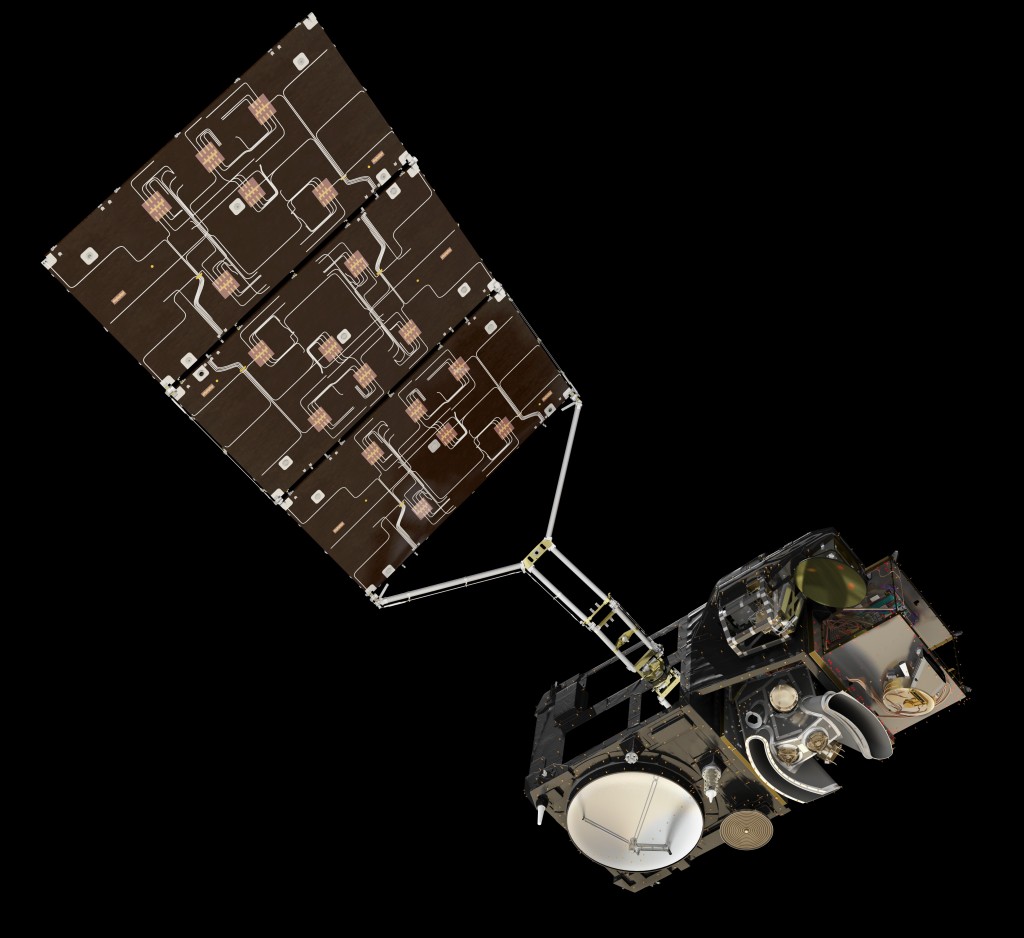We spent Sunday resting, which we all needed after being so busy the last weeks. This meant that the three people who’ve been cooking for us every day could also have a day off and Eurockot invited everyone for dinner in town, which was nice.
Monday was the first day that the Thales Alenia Space team started the three-shift system to cover work in the MIK from 07:00 to 22:00 hrs. They first did a detailed cross-check of the Sentinel-3A satellite’s onboard computer (SMU). In parallel, the propulsion team finalised their test setup and started pressurising the propulsion sub-system.
So, daily routine is now falling into place. Since we are up and running, we did safety inspection of the cleanroom and control room to check there was free access to the emergency routes and to all the fire extinguishers.
With the electrical ground support equipment (EGSE) and mechanical ground support equipment (MGSE) now installed in a very confined space, the inspection was very useful as we found that some doors were locked and some accesses were blocked by test equipment.
Owing to the very dry winter, the humidity level in the cleanroom is on the low side of the specified range – so needed to be adjusted.
Yesterday, the propulsion task advanced well with the latch valves, fill and drain valve and thrusters checked for leaks. Since some of these tests are considered hazardous, cleanroom access was restricted to the propulsion team only.
However, this did not prevent carrying on with the satellite ‘functional checks’ from the EGSE room.
Now that all test setups are ready in the cleanroom, the payload test team were also able to do the first health checks on the Sentinel-3 Ocean Land Colour Instrument (OLCI), on the Doris instrument, which is used for precise orbit determination, and on the Synthetic Aperture Radar Altimeter (SRAL).
In the meantime, our Russian counterparts have completed the electrical testing of the Breeze upper stage and installed the payload fairing halves in the cleanroom 101B, adjacent to ours. The Rockot booster and Breeze are now being prepared for roll out to the launch pad and are wrapped in a thick thermal insulation blanket.
The roll out, which will take place in the coming days, is part of the dry run for the launcher operations consisting of a full assembly and electrical check-out on the launch pad.
As you can see a busy day with many activities in parallel, so far all is going well.
Weather at Plesetsk: between –2°C and –4°C with some very light snow showers.




Discussion: no comments